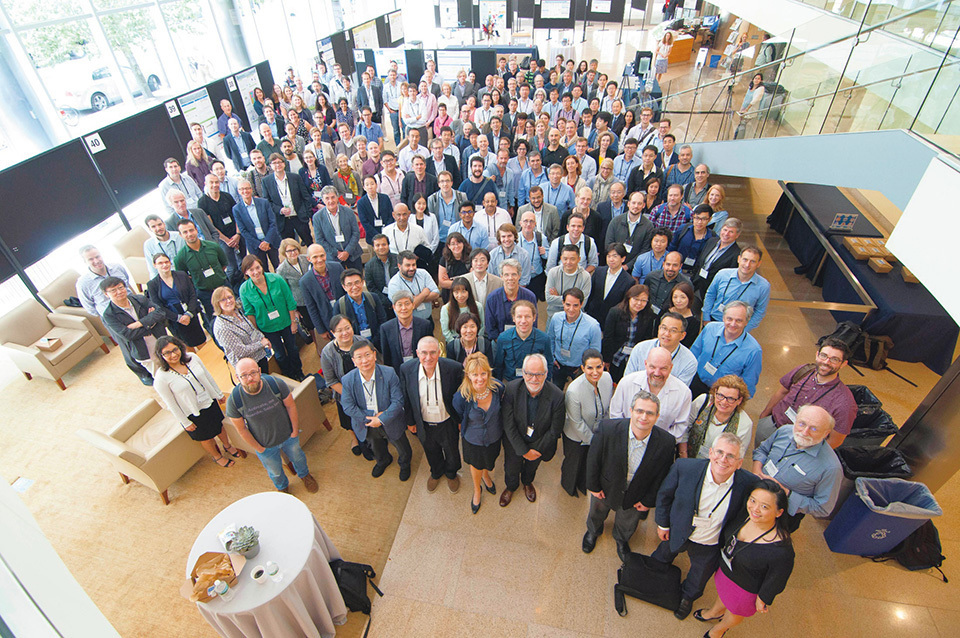The Pan-Cancer Analysis of Whole Genomes, an international project involving 37 countries, has analyzed entire cancer genomes. Japanese experts participated in the project that has made a major contribution to building a foundation for genomic treatment of cancer.
Cancer is a disease that arises from an accumulation of mutations and abnormalities in our genomes, the genomic information in DNA that provides the blueprints for our bodies. Identifying how a normal genome mutates to become cancerous is an essential step in developing individualized therapies and drugs.
The Pan-Cancer Analysis of Whole Genomes (PCAWG), an international project involving 37 countries, analyzed the genomic information of 2,834 samples from 38 types of cancer. According to the findings released in February of this year, the research has identified over 46 million genome variations and their traits. It is a groundbreaking success that could form the basis for effective therapy options for cancer patients.
More than 1,300 cancer researchers and engineers participated in the project. Japanese members who contributed to the analysis include team leader NAKAGAWA Hidewaki, from the Riken Center for Integrative Medical Sciences, and Dr. IMOTO Seiya, professor at the University of Tokyo’s Institute of Medical Science. Furthermore, Riken supplied data on 270 liver cancer patients, which accounted for 10% of the overall data.
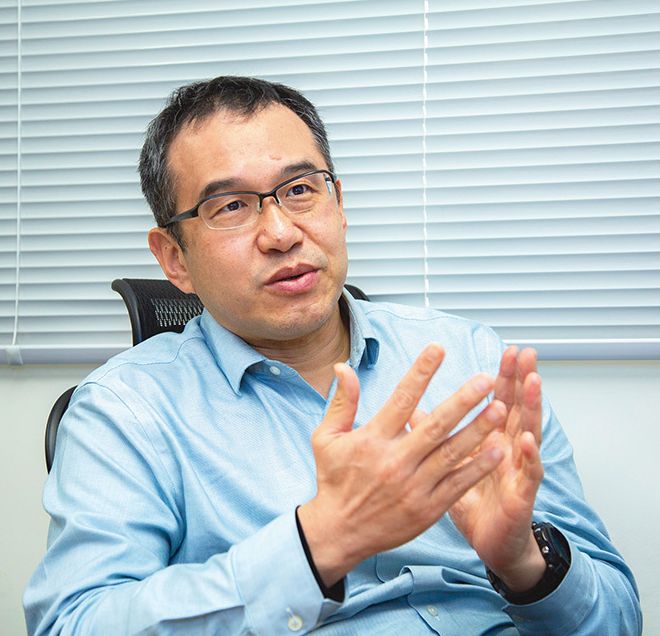
Nakagawa said, “We must consider how we can apply this project to the treatment of cancer.”
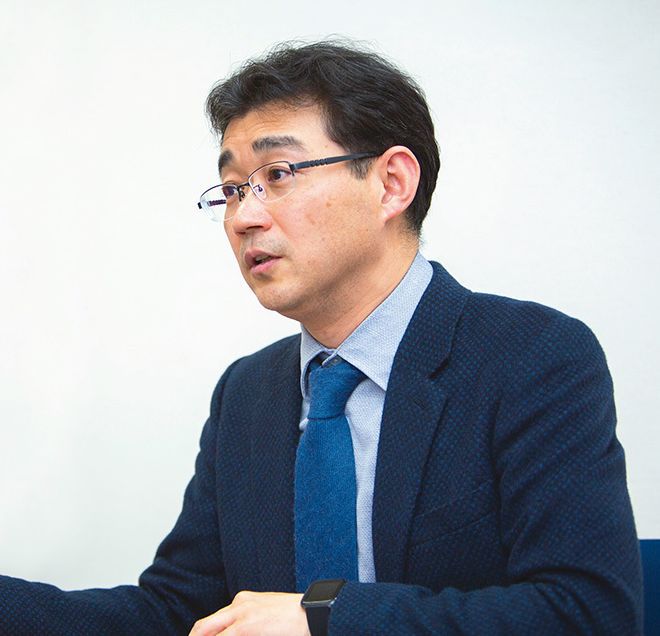
Dr. Imoto of the University of Tokyo said, “This era of dramatic technological advances led to our analysis of entire genomes.”
The individual traits of the computer-identified mutation information were revealed by 16 working groups. As co-leader of the working group on cancer immunity and mitochondria, Nakagawa guided young researchers from around the world while also contributing to analyzes by other groups.
“This project was groundbreaking for having made comparisons across various cancers using a global-scale network,” Nakagawa says, adding, “We were able to deduce the processes causing mutations in different kinds of cancer and their similarities. Before, our understanding of that was unclear. I expect that this research will lead to the discovery of drugs and the development of new treatments tailored to individual patients.”
To complete the database, an enormous amount of data required analysis, which would not have been possible without technological advances and international cooperation. The SHIROKANE supercomputer at the University of Tokyo, along with nine other supercomputers around the world working together, facilitated that analysis by creating a single, gigantic computing environment.
Dr. Imoto, who was involved in the project, reflected on the work, saying, “This was a first-time effort at sharing such a huge amount of genomic data internationally. When two groups are working on the same data, the data must be analyzed via the exact same means. The analytical programs had to be identical. In Japan, we addressed the issue of system configuration very carefully to find a solution, then shared the solution with others around the world. That was a major contribution.”
A particular cancer is essentially one of an array of genomic variations. A drug may not work on two patients with the same type of cancer if the mutations exhibit different patterns. The completion of the “cancer catalog” simplifies the task of ascertaining the mutations associated with an individual patient’s cancer. We are now on the cusp of an era when we will be able to select therapies customized to a person’s cancer genome.
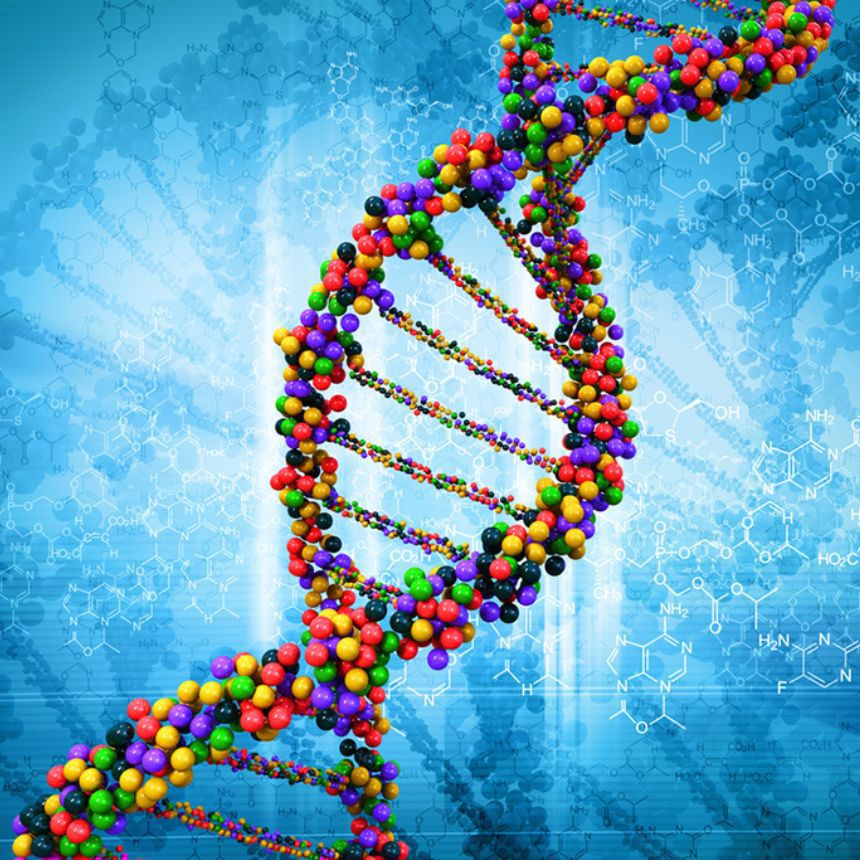
Even in patients with the same type of cancer, the effectiveness of drugs and the side effects they produce can differ depending on slight differences in the base sequence of the cancer’s genomes.
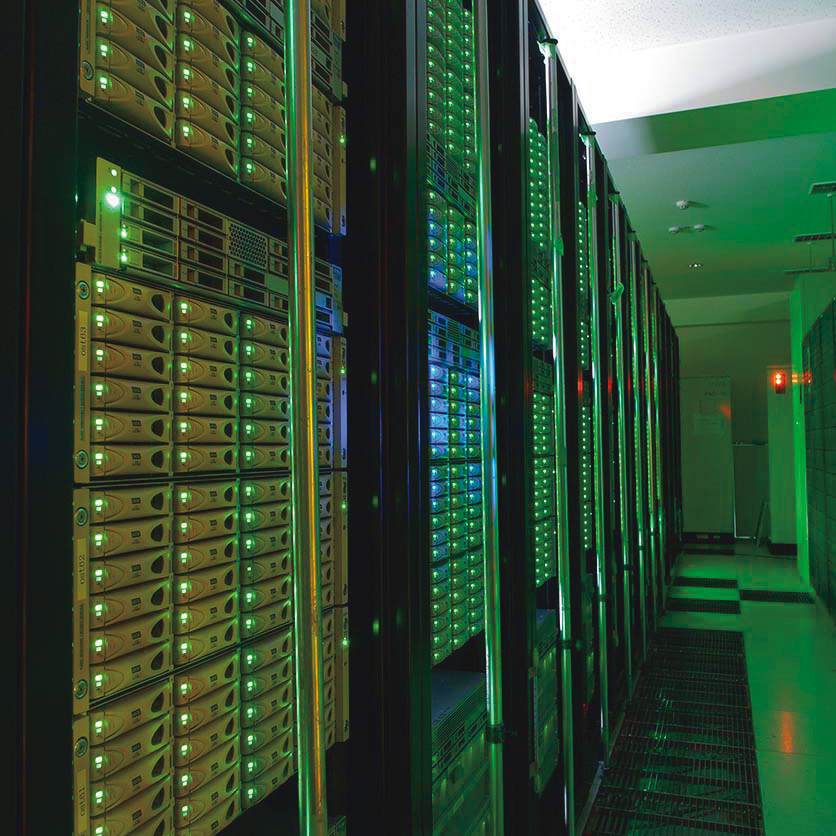
In the life sciences, SHIROKANE has greater computational power than any other supercomputer in Japan. The latest version, Shirokane 5, shortened the time required to analyze the data relating to an entire genome from over 10 hours down to as little as one hour and 45 minutes, a huge improvement in speed.

